Metabolism involves a whole set of biochemical reactions constantly occurring inside a living body to keep it alive and active. The metabolites are the intermediate compounds or end products generated as a result of these metabolic transformations.
We can categorise the metabolites in two parts based on their origin and function- Primary and Secondary metabolites.
The primary metabolites directly influence the vital process like growth, development and reproduction of any organism. In contrast, secondary metabolites have no direct involvement in the vital life processes.
The primary metabolites consist of vitamins, amino acids, nucleosides and organic acids. The body produces them during the logarithmic phase of microbial growth.
But the, products like alkaloids, steroids, antibiotics, gibberellins, and toxins are the secondary metabolites. The body generates them during the later stationary phase of cell growth.
The following discussion will update you with all the key differences between Primary and secondary metabolites.
Content: Primary Vs Secondary Metabolites
- Comparison Chart
- What are Primary Metabolites?
- What are Secondary Metabolites?
- Key Differences
- Conclusion
Comparison Chart
| Basis for Comparison | Primary Metabolites | Secondary Metabolites |
|---|---|---|
| Meaning | The metabolism products that are produced during the growth phase of an organisms in order to perform the physiological functions and supports in overall development of the cell are called primary metabolites. | The end products of primary metabolism that are synthesized after the growth phase has been completed and are important in ecological and other activities of the cell are known as secondary metabolites. |
| Also known as | Trophophase. | Idiophase. |
| It occurs at the | Growth phase. | Stationary phase. |
| Production | These are produced in large quantities, and their extraction is easy. | These are produced in small quantities, and their extraction is difficult. |
| Occurrence | Same in every species, which means they produce the same products. | Varies in different species. |
| Importance | 1.These products are used in industries for various purpose. 2. Primary products play the significant role in the cell growth, reproduction and development. | 1.Secondary metabolites such as antibiotics, gibberellins are also important. 2. They also indirectly support the cell, in sustaining their life for long duration. |
| Examples | Vitamins, carbohydrates, proteins and lipids are some of the examples. | Phenolics, steroids, essential oils, alkaloids, steroids are few examples. |
What are Primary Metabolites?
The primary metabolites are the chemical compounds involved in primary metabolism (Trophophase), such as photosynthesis, cellular respiration etc.
As they are part of the central reactions occurring inside a living body, we often refer to them as central metabolites.
They directly impact the balanced growth, development and reproduction abilities of an organism. Mostly the primary metabolites generated are almost common in all the species. It is because they play a role in the biochemical reaction responsible for the survival of an organism.
Formation of Primary Metabolites
The production curve of the primary metabolites typically follows the growth curve of the cells. Their formation occurs simultaneously with the new exponentially multiplying cells.
The body tries to produce and maintain their adequate concentrations to maintain the optimum functioning of the body.
Limitations in the Production of Primary Metabolites
The manufacturing of primary metabolites by the body gets hampered due to the insufficient or limited supply of essential nutrients. It will not stop the metabolism completely but will intern slow the growth rate of an organism.
The primary metabolic processes don’t stop but continue till the cell is alive. But, the end products will largely differ from the naturally expected final product.
Over Production of Primary Metabolites
A living body requires every chemical compound in a certain amount. Thus, an increase or decrease in their concentration can severely obstruct bodies’ optimal functioning.
Similarly, the overproduction of primary metabolites also hampers the organism. This excessive production generally occurs due to undesirable genetic manipulations or mutations. For instance, Auxotrophic mutants block some critical steps in the biosynthetic pathway involved in producing primary metabolites.
Industrial Application of the overproduction of Primary Metabolites
These metabolites are of high importance in the industrial sector. Industries cultivate them on a larger scale to attain a variety of purposes, such as
- Industrial raw products
- Food supplements
- Food additives
Also, they include products such as carbohydrates (starch, pectin, cellulose, sucrose etc.), vegetables oils and fats (used in making detergents and soaps).
Generally, the plants and some microbes manufacture these metabolites in bulk. Their extraction process is easy, and thus these metabolites can be obtained easily. For this reason, they are often referred to as high-volume-low-value bulk chemicals.
Note: Some primary metabolites, such as β-carotene and myoinositol, are produced in a lower concentration. Their extraction, isolation, and purification processes are quite lengthy and difficult. This makes them expensive primary metabolites.
Industries are adopting new and modernised approaches for their overproduction. One such approach is eliminating the feedback inhibition mechanism.
1. By using the Auxotrophic mutants to block one of the steps in the synthesis mechanism. By this, the production of the end product is blocked, and hence there is no feedback to terminate or inhibit further production.
Note: The mutant used should always be a part of the intermediate step and not the final one.
2. Genetically modified microorganism with antimetabolite resistance is also a widely preferred approach in industries.
Types of Primary Metabolites
These products are vitamins, nucleosides, amino acids, etc. The primary metabolites are further divided into two categories:
1. Primary essential metabolites.
2. Primary metabolic end products.
1. Primary essential metabolites – These are the important compounds required to sustain the process of cell growth, and hence these are produced in adequate amounts. Vitamins, nucleosides, and amino acids are examples of essential metabolites.
2. Primary metabolic end products – Compounds such as ethanol, acetone, lactic acid, and butanol are the normal end products of the fermentation process of primary metabolism.
Although these products are not important, sometimes have industrial importance too. For instance, carbon dioxide is the metabolic end-product of the Saccharomyces cerevisiae, but (CO2) is important in the baking industry for the leavening of the dough.
Importance of Primary Metabolite
These are central metabolic compounds that remain engaged in forming the general shape, structure and scaffolds of a body. They support the organism at the beginning so as to carry out the essential physicochemical processes in the body.
Excessive production of the primary metabolites is very important and useful for large scale purposes in industry. Even the enzymes find during the process have many uses in food production, textile finishing, and other industries too.
Some other specified functions of primary metabolites are as follows:
- The metabolites like carbohydrates and fats serve the role of energy suppliers and reservoirs for performing physical activities.
- Proteins are the building blocks of anybody. They play a part in growing, repairing, and maintaining the tissues and cells of the body.
- The nucleic acids- DNA and RNA; are responsible for transmitting the genetic information from one generation to the next.
- All the enzymes, may they be proteinaceous or non-proteinaceous, catalyses specific biochemical processes of the body.
- The lipids are an important structural element of the cells. They are one of the constituents of plasma membranes.
What are Secondary Metabolites?
As soon as the Trophophase terminates, the exponential growth of the organism ceases. And further, they enter the secondary metabolic phase, i.e., Idiophase.
After the constant growth, the mature plant starts to produce some natural organic compounds that are secondary metabolites. As the body generates them in the Idiophase, they are also called idolites or phytochemicals.
We refer to them as secondary due to two main reasons:
1. Most of the time, the secondary metabolites are the by-products of the primary metabolite.
2. They are not involved in the primary metabolic functions necessary for survival. Thus, they are of secondary use to the living body.
Functions of Secondary Metabolite
It is evident that secondary metabolites have no role in growth, multiplication, reproduction, or other survival abilities. According to scientists, the specific role of these metabolites is unclear.
Yet, as per recent research, they play a part as bioactive compounds. They mainly help sustain a healthy gene expression for a respective process in the body.
Unlike the primary metabolites, their occurrence widely varies from organism to organism. Their structure and purpose also differ in different types of species.
Below are the three common hypotheses that are often linked with secondary metabolites:
- The secondary metabolites perform some unknown functions that support and protect the cells from surviving.
- The secondary metabolites are the compounds that a cell produces as waste. They perform no function in a body.
- The production process of the secondary metabolite is important, whereas the product generated is waste.
Some known specified functions of Secondary Metabolite
- Some of the secondary metabolites serve the role of competitive or defensive weapons against threats from other living organisms like pests, insects, humans etc.
- The compounds like nicotine and caffeine act as stimulants.
- The alkaloids generated have plenty of uses in medical science. They play the role of effective remedial treatment, including painkillers for several diseases.
- Some of them produce specialised mechanisms against some toxic elements. This provides resistance against that particular substance.
Industrial Application of Secondary metabolites
Most of these metabolites function as alkaloids, steroids, growth hormones, antibiotics etc.
This makes a profitable product for industries to manufacture. Therefore, in order to cultivate these metabolites on a large scale, the natural processes are deliberately stimulated either chemically or physically.
The production process of these metabolites is a highly elaborative and complicated procedure. Thus, the regulatory mechanism is manipulated to generate these chemicals in higher proportions.
Some commonly used regulatory mechanisms are:
- Induction
- End-product regulation
- Catabolite regulation
- Phosphate regulation
Types of Secondary Metabolite
Nitrogen-containing compounds
They play a part in the coping mechanism of the plants to overcome biotic stress. Earlier we used to consider them as waste products, but the gradual studies have proven them to be a potential defence chemical. These are essential in providing resistance to diseases and pests.
Sulphur containing Secondary Metabolites
These are rather unusual constituents in plants, but they are responsible for regulating the interaction between plants and pests. These metabolites provide a broad range of defence against powerful enemies because of their versatile array.
Terpenes or Terpenoids
They are well known for their aromatic qualities and characteristic smells. Also, they act as herbal remedies for several diseases. Pigments like β-carotene and lycopene are the types of terpenes only.
The rubber secreted by the trees is also a kind of teraponid that heals the wounds and cuts.
Phenolic Compounds
They possess one or more than one aromatic rings with a hydroxyl group. Lignin that supplies the mechanical strength to the plants is also a phenolic macromolecule. Phenolic pigments like anthocyanidins and anthocyanins impart pink and purple to flowers and fruits.
Key Differences Between Primary and Secondary Metabolites
- The primary metabolites are produced during the growth phase of organisms. They are primarily involved in the growth and development of an organism. In contrast, secondary metabolites are the by-products of the primary metabolites. An organism manufactures them during the stationary phase.
- The primary metabolism pathway occurs in the growth phase known as Trophophase. While the secondary metabolism pathway occurs at the stationary phase known as Idiophase. The body manufactures the primary metabolites in a relatively larger proportion. This makes their extraction easy.
In contrast, an organism produces secondary metabolites in small quantities. And the process involved in their extraction is quite difficult. - Almost all living species generate similar sort of primary metabolites. But, the secondary ones differ from one organism to another.
- Primary metabolites play a very important role in cell growth, reproduction and development. Whereas secondary metabolites have no role in the reactions related to survival. Instead, they are useful in the extra activities in defence responses, colouration, etc.
- Industries manufacture the primary metabolites to serve the roles such as food supplements, enzyme catalysts, hormone supplements etc.
Whereas they produce secondary metabolites to obtain antibiotics, growth hormones, pigments etc. - Examples of primary metabolites are vitamins, carbohydrates, proteins, and lipids. While that of secondary metabolites are phenolics, steroids, essential oils, alkaloids, and steroids.
Conclusion
Metabolites are chemicals that are either intermediates or end products of biochemical processes. We divide these metabolites into two categories- primary and secondary.
The primary metabolites play part in the essential survival reactions like cellular respiration, photosynthesis etc. . All the organism produces similar primary metabolites during the trophophase.
The secondary metabolites are the bioactive compounds that don’t have any role in the necessary reactions. They are different in different species and the body generates them during Idiophase. Their overall functions are still not clear. But as per recent researches, they perform the function in defence-related activities. Also, they provide colouration and a significant essence.


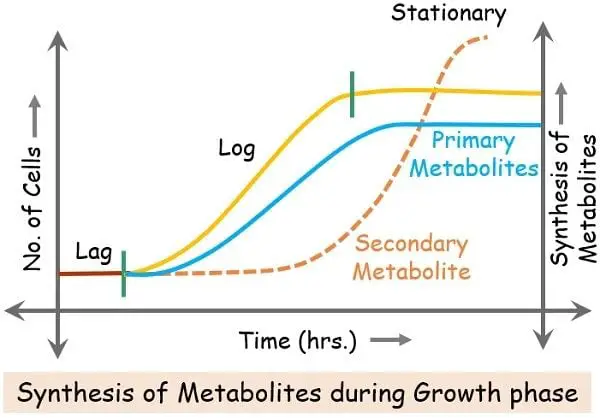
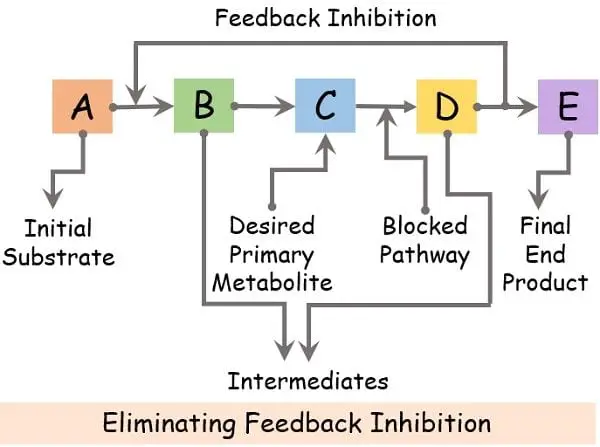
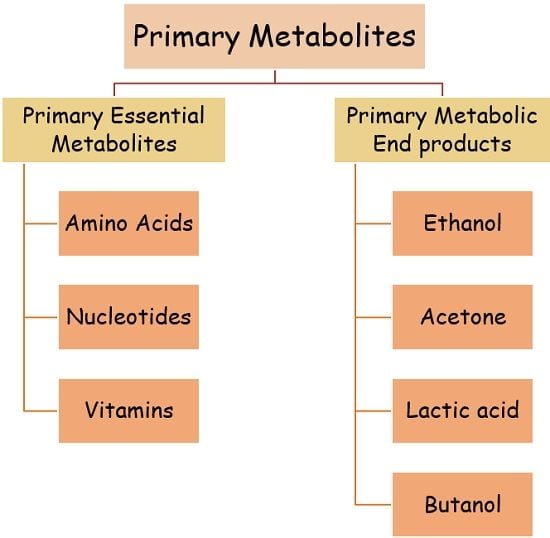
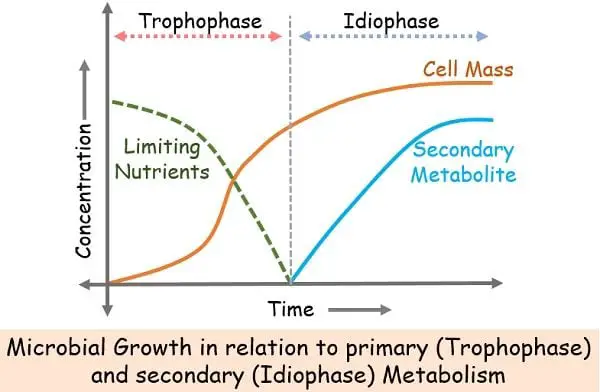
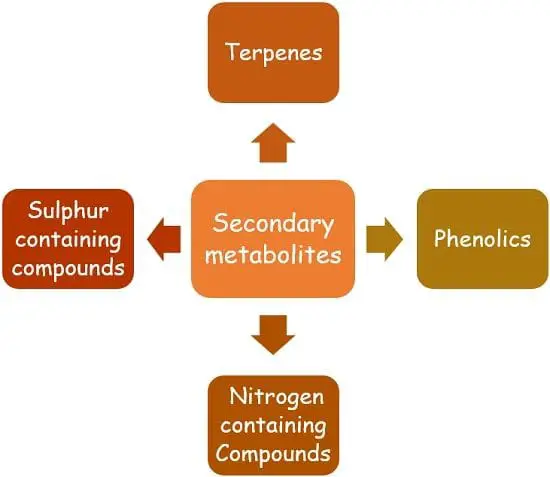
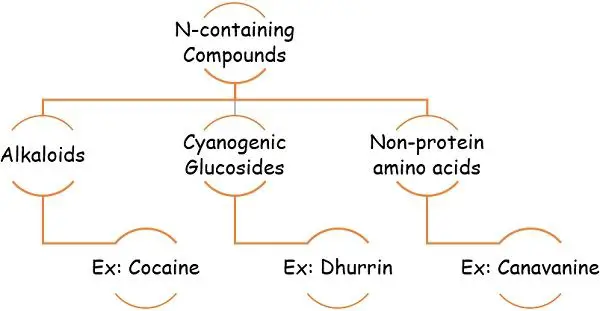
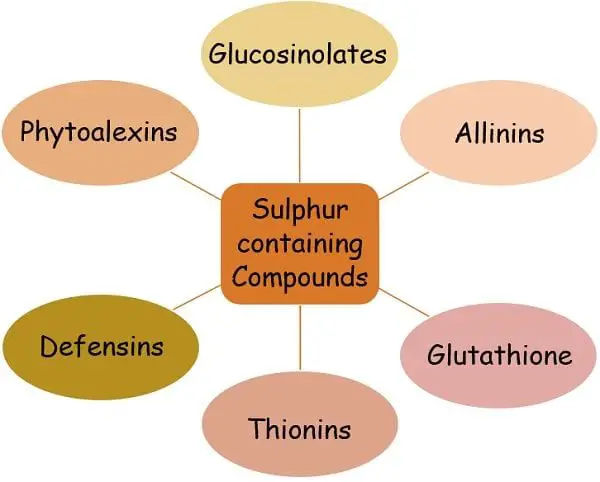

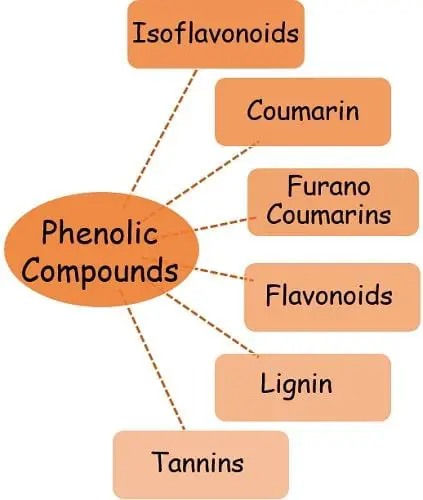
TRUMP says
really good and to the point on the differences between the two! #MAGA
Vicky khyetriya says
So nice easy to understand thanks a lot for help this website.
Prachi says
Appropriate 👍
Waqas ali says
nice article.
sushil says
really helpful, thanks a lot
Fola_bakky says
Thanks a bunch
Maimonah says
thanks a lot 🙂
Azrul says
Thank you for the insight.
However, some sources are lacking in this comparisons. I suggest you can improve the comparison by include the sources or other studies that shows the key differences.
Thank you.
Awais Ali says
Really good differences, covers almost every aspect of these two.
Awais Ali says
good job.
Muyaz says
Really good.